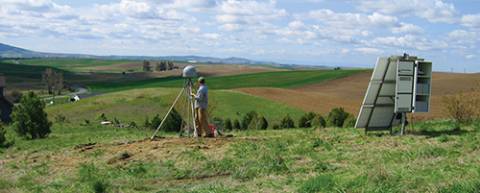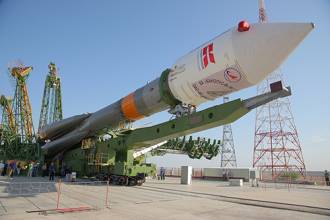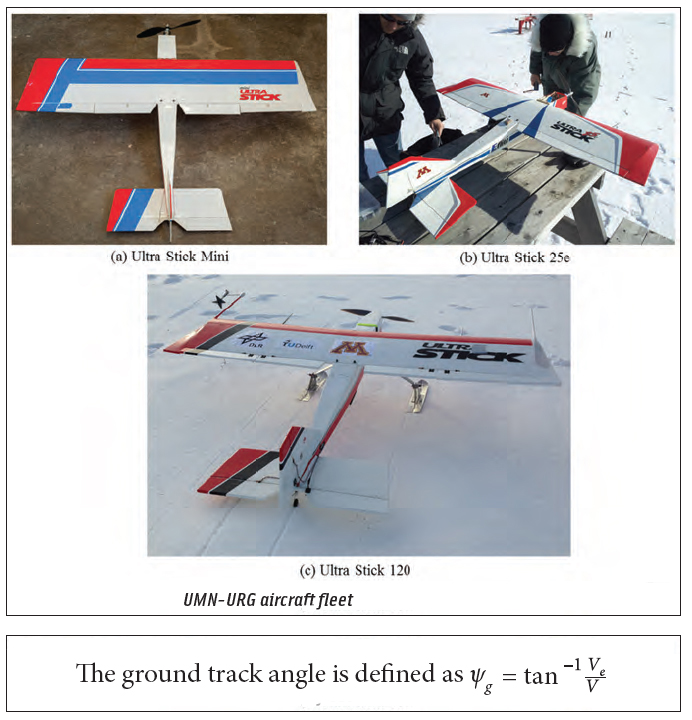A Universal GNSS Software Receiver Toolbox
In recent years, numerous, relatively inexpensive hardware platforms for conducting scientific research using the software defined radio (SDR) paradigm have become commercially available. The Manufacturers section near the end of this article lists examples of several of these. In turn, this has spurred universities and research groups around the world to adopt this technology for advanced GNSS signals-based research and development.
By Inside GNSS







